- ओस बिंदु मीटर
- गैस विश्लेषक
- पोर्टेबल गैस डिटेक्टर
- नमी और ओस बिंदु विश्लेषक
- धूल मॉनिटर
- गैस निगरानी प्रणाली
- गैस रिसाव डिटेक्टर
- गैस ट्रांसमीटर
- वीओसी लीक डिटेक्टर
- वायु गुणवत्ता निगरानी प्रणाली
- ऑनलाइन सतत उत्सर्जन निगरानी प्रणाली-ओसीईएमएस
- ओस प्वाइंट मॉनिटर्स
- गैस डिटेक्टर
- अपारदर्शिता मॉनिटर
- पोर्टेबल फ़्लू गैस विश्लेषक
- ऑनलाइन एसओएक्स और एनओएक्स गैस विश्लेषक
- मीथेन गैस रिसाव डिटेक्टर
- हाइड्रोजन शुद्धता विश्लेषक
- गैस शुद्धता विश्लेषक
- प्रवाह निगरानी प्रणाली
- निर्माता गैस विश्लेषक
- गैस डिटेक्टर अंशांकन सेवा
- पोर्टेबल गैस मॉनिटर्स
- गैस सेंसर ट्रांसमीटर
Combustion Analyzers
158000 आईएनआर/Number
उत्पाद विवरण:
- उपयोग Industrial
- मटेरियल Aluminium
- बिजली की आपूर्ति Electric
- वोल्टेज वोल्ट (v)
- रंग Grey
- प्रॉडक्ट टाइप Combustion Analyzers
- तापमान सेल्सियस (oC)
- अधिक देखने के लिए क्लिक करें
X
मूल्य और मात्रा
- 1
उत्पाद की विशेषताएं
- Industrial
- Aluminium
- Electric
- वोल्ट (v)
- Grey
- Combustion Analyzers
- सेल्सियस (oC)
उत्पाद वर्णन
1. Measurement Parameters
- Gas Components: Oxygen (O2), Carbon Dioxide (CO2), Carbon Monoxide (CO), Nitrogen Oxides (NOx), Sulfur Dioxide (SO2), and Hydrocarbons.
- Combustion Efficiency: Percentage of fuel converted to energy.
2. Measurement Range
- Specific concentration ranges for each gas (e.g., 0-21% for O2, 0-100% for CO2).
3. Accuracy and Precision
- Percent error for each measurement (e.g., ±0.1% for O2, ±1 ppm for CO).
- Calibration intervals.
4. Response Time
- Time taken for the analyzer to provide stable readings (e.g., seconds).
5. Operating Conditions
- Temperature range (e.g., -20°C to 50°C).
- Pressure range (e.g., atmospheric pressure).
- Humidity tolerance.
6. Sensor Technology
- Types of sensors used (e.g., electrochemical, infrared, paramagnetic).
7. Data Output
- Digital and/or analog outputs (e.g., 4-20 mA, RS-232, USB).
- Data logging capabilities for historical analysis.
8. Power Requirements
- Voltage and current specifications.
- Power consumption details.
9. User Interface
- Display type (e.g., LCD, touchscreen).
- Software features for data visualization and reporting.
10. Calibration and Maintenance
- Calibration procedure and frequency.
- Maintenance requirements (e.g., routine checks, cleaning).
11. Compliance Standards
- Adherence to industry standards (e.g., EPA, ISO).
- Certification (e.g., CE, UL).
12. Portability
- Weight and dimensions for portable models.
- Battery life and charging options if applicable.
13. Cost
- Initial purchase price.
- Operating and maintenance costs over time.
These specifications can help you choose a combustion analysis system tailored to your specific needs and applications. If you have a particular context in mind, I can refine this further!
Tell us about your requirement

Price: Â
Quantity
Select Unit
- 50
- 100
- 200
- 250
- 500
- 1000+
Additional detail
मोबाइल number
Email

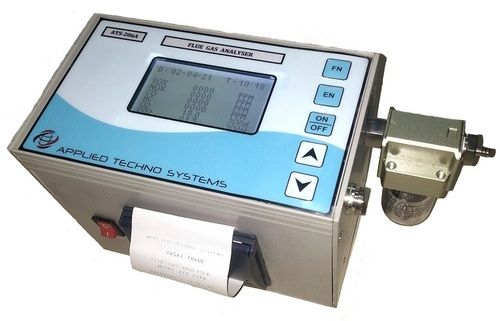
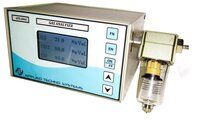
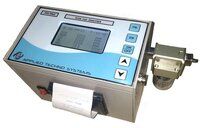




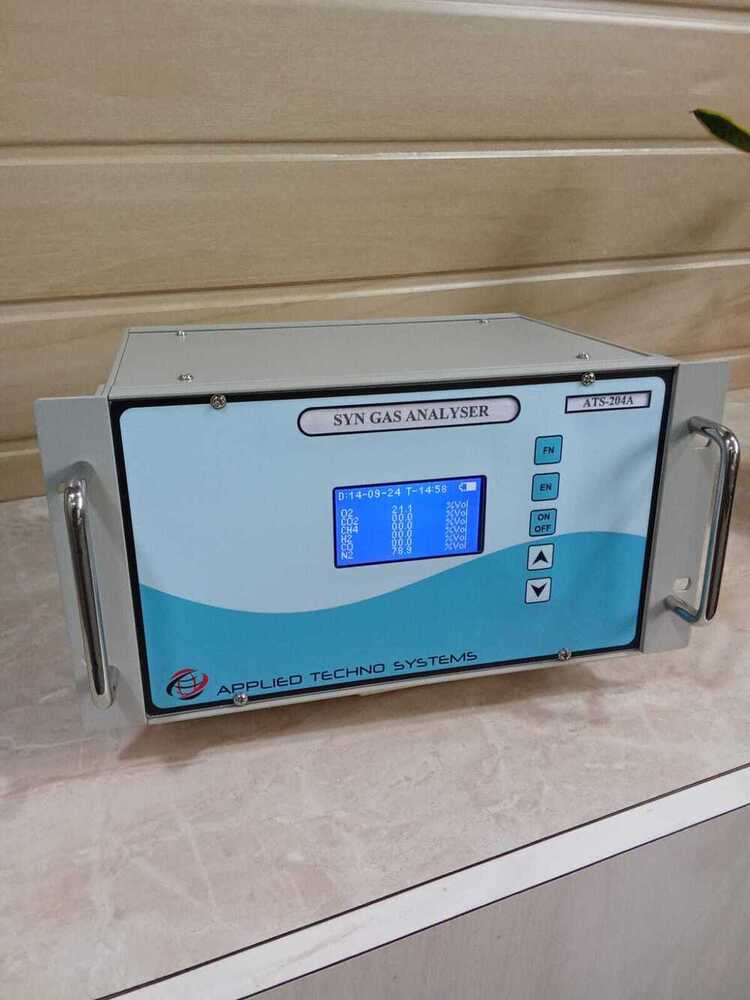
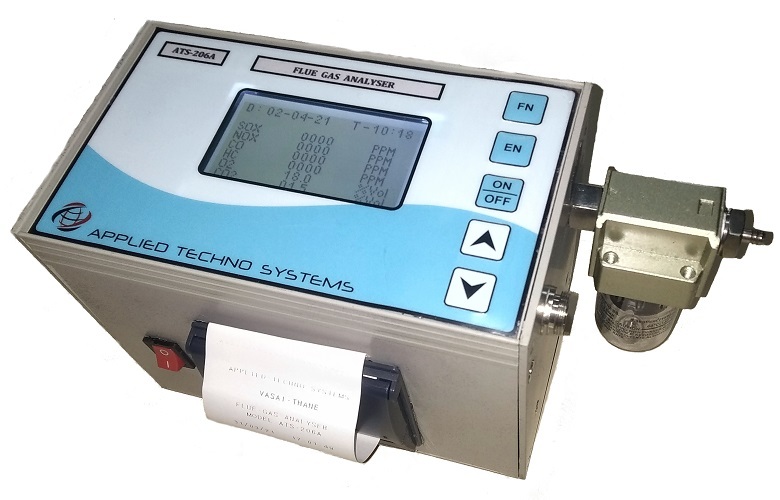
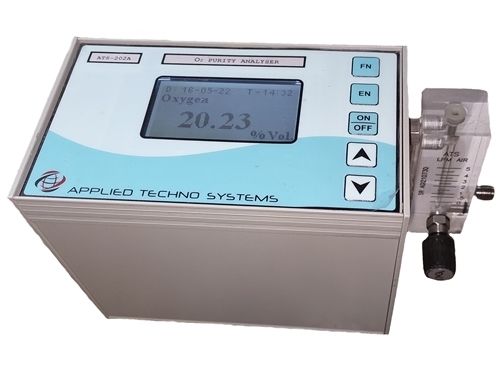

 English
English Spanish
Spanish French
French German
German Italian
Italian Chinese (Simplified)
Chinese (Simplified) Japanese
Japanese Korean
Korean Arabic
Arabic Portuguese
Portuguese